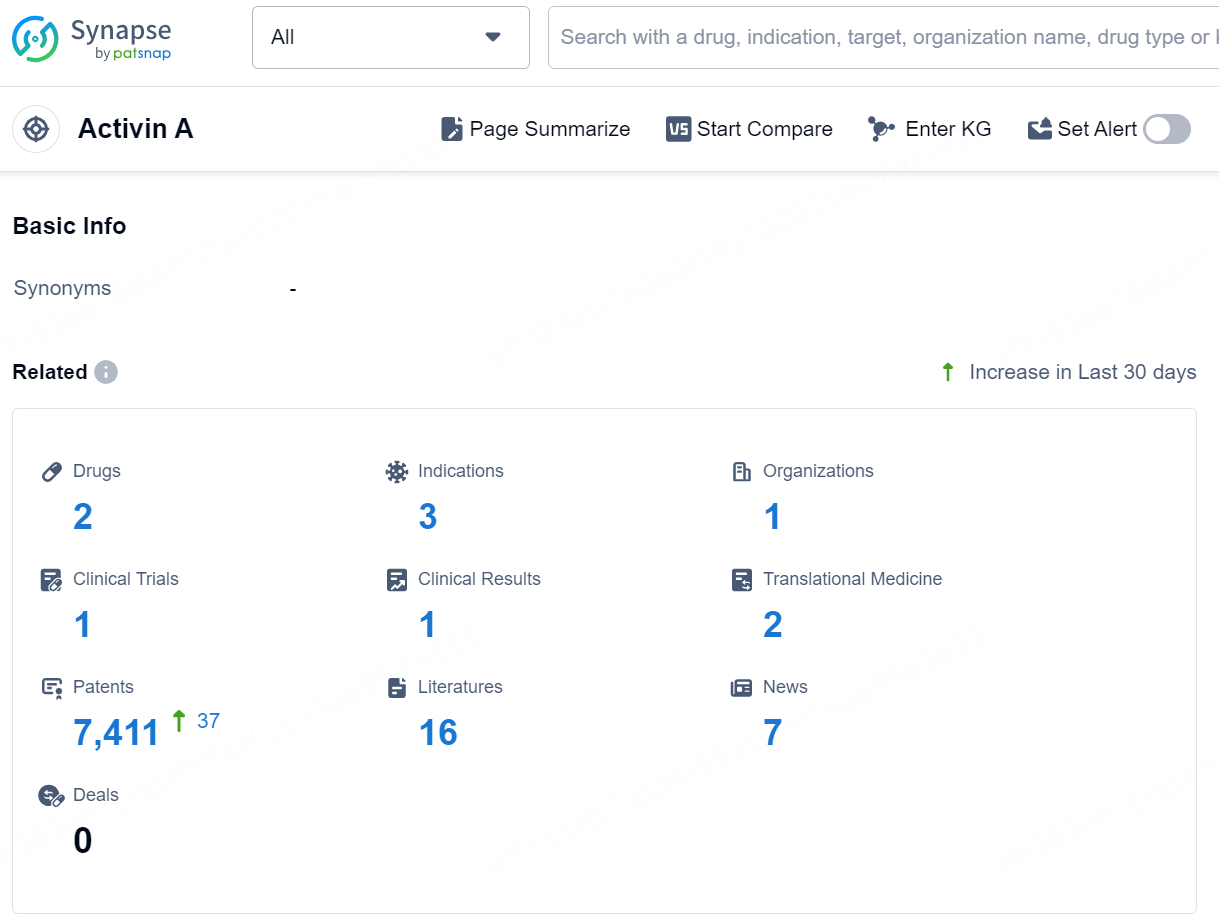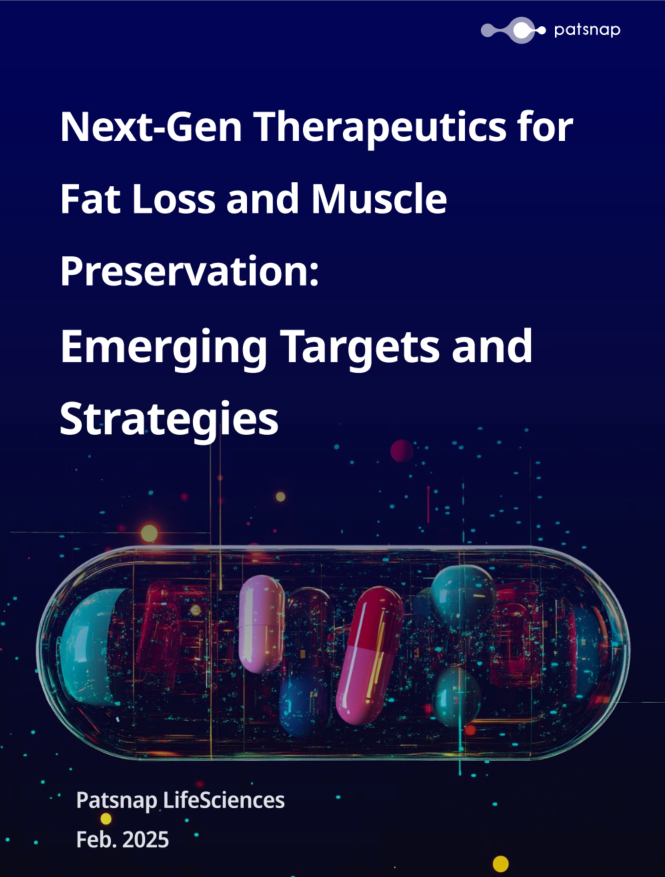Semaglutide Era and the Quest for New Weight - Loss Therapies
With the widespread use of Semaglutide in weight management, the issue of weight rebound after discontinuation has emerged as a significant challenge. This has spurred pharmaceutical companies to explore new strategies for effective and sustainable weight management. The pursuit of “fat loss with muscle gain” has become a focal point in the development of next - generation weight - loss therapies, aiming to address the limitations of current treatments.
Weight rebound is a common problem among patients who discontinue Semaglutide. After the drug is stopped, the body often returns to its previous weight - gain patterns, nullifying the efforts of weight loss during treatment. This phenomenon has led to increased research into new therapies. Since muscle loss during weight loss, especially with GLP - 1 receptor agonist therapies like Semaglutide, increases the risk of cardiovascular disease and osteoporosis, preventing muscle loss has become a crucial area of study. The focus has shifted towards developing therapies that can promote weight loss while simultaneously preserving or even increasing muscle mass.
Activin antagonists, which target the Activin - ActRII - ActRI pathway, have emerged as promising candidates in the pursuit of “fat loss with muscle gain.” This pathway plays a crucial role in regulating muscle growth. By targeting this pathway, activin antagonists can potentially block the negative regulators of muscle growth, such as muscle growth inhibitors and activin A. This allows for the promotion of muscle growth while facilitating fat loss, offering a potential solution to the muscle - loss problem associated with current weight - loss therapies.
In summary, the post - Semaglutide era presents both challenges and opportunities in the field of weight management. The problem of weight rebound and muscle loss has driven the search for new and improved weight - loss therapies. Activin antagonists offer hope for achieving the goal of “fat loss with muscle gain,” but further research and development are needed to fully explore their potential and translate them into effective clinical treatments.
For more information, please click the image link below to access the full report.





